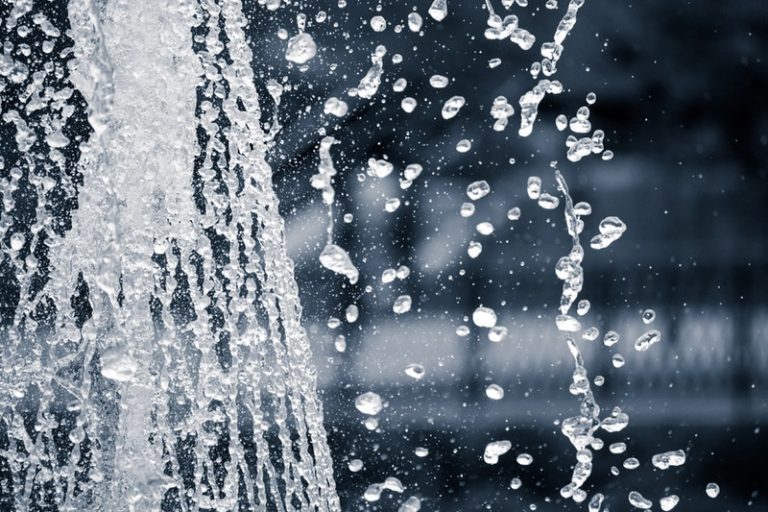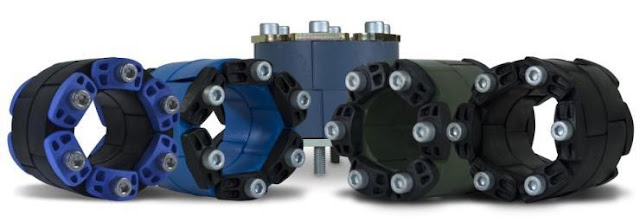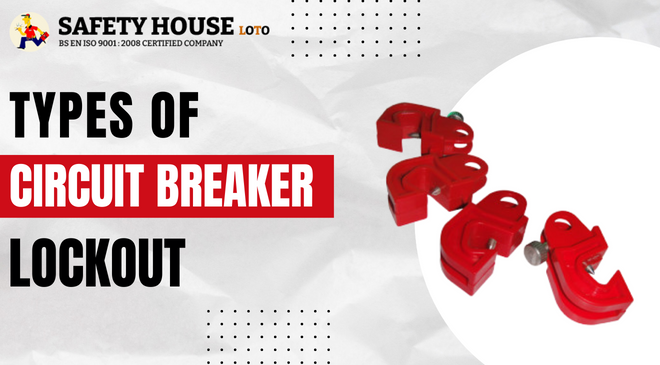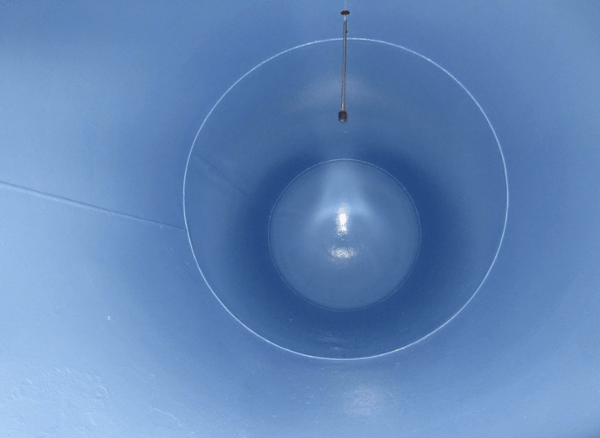What is ANSI Z87.1?
Work Safety News
What is ANSI Z87.1?
When safety standards for a job require eye protection, you need more than standard glasses or sunglasses. While your regular glasses or sunglasses offer some protection for your eyes, they do not offer enough unless they are rated for high impact and other safety hazards. Eye protection goes through rigorous testing under the American National Standards Institute (ANSI).

If you are still relying on your regular glasses or sunglasses for eye protection or if you need to purchase safety eyewear in bulk for your employees, visit Abolox to browse through the many styles of safety eyeglasses and goggles we carry.
ANSI Z87.1
The ANSI Z87.1 is the eyewear standard for eye protection. OSHA requires that workers wear safety glasses under OSHA 1910.133 and that the safety glasses must comply with ANSI / ISEA Z87.
ANSI Z87.1 was recently updated in 2020; thus, the rule you need to refer to is ANSI / ISEA Z87.1-2020. Since its inception, this is the sixth update for the rule. The previous update was in 2015.
The rule creates performance criteria and the requirements that safety glasses and goggles require to pass. The rule also applies to face shields and welding helmets. Several industries that might require an employee to use eye protection include processing facilities, lab research, manufacturing, transportation, utilities, and other occupations.
The International Safety Equipment Association (ISEA) oversees the Z87 Committee on Safety Eye and Face Protection. ANSI adopted this standard, thus the name ANSI / ISEA Z87. The standard covers impact, heat, chemicals / liquid splash, dust and radiation. The only way the eyewear is acceptable to OSHA standards is if it is marked with “Z87,” which shows compliance with the standard.
Impact Tests
The eyewear you choose might have Z87 or Z87+ markings. The first test it must pass to be worthy of these markings is the impact test or the ball drop test. Testers drop a steel ball that weighs about 2.4 ounces and is an inch in diameter from 50 inches onto the glasses or goggles. If the lenses and frames do not break or crack, the eye protection receives the certification.
If your eyewear has a plus sign after the Z87, the eyewear went through the high-velocity impact test and the high-mass impact test. The tester drops a 500-gram weight from about 50 inches onto the lenses in the high-mass impact test. If the eyewear doesn’t crack, break or come apart, it passes the test.
In the high-velocity test, the testers shoot the eyewear with a 0.25-inch steel ball while the eyewear is on a face form. For safety glasses, the tester shoots the ball at 102 miles per hour. For goggles, the tester shoots the ball at 170 miles per hour. If the eyewear does not touch the eye areas on the head form when the ball hits it, it passes.
Splash and Dust Protection
If the eyewear you choose protects against splashes and dust, it will have a code that starts with ‘D.’ If the eyewear protects against droplets and splashes, its marking is D3. Dust is D4, and fine dust is D5.
To test for splashes, the tester puts reactive paper on a head form and under the eyewear. The tester draws circles for eyes on the reactive paper. If the paper changes color inside the circles, the eyewear fails the test.
Radiation
Safety glasses to protect from radiation have several letter designations:
- Variable tint: V.
- Welding filter: W plus a shade number from 1.3 to 14.
- Clear lenses: No markings.
- Ultra-violet filter: U plus a number from 2 to 6 (6 blocks the most UV light and 2 blocks the least).
- Visible light filter: L plus a number from 1.3 to 10.
- Infrared filter: R plus a number from 1.3 to 10.
- Special purpose: S.
A sample marking is Z87+L8 D3 D4. This number breaks down to tell you:
- Z87 = impact rated.
- L8 = visible light filter (glare).
- D3 = Drolet and splash protection.
- D4 = Dust protection.
If the eye protection has a ‘W’ marking, it has a welding filter. The additional numbers are for the various types of welding:
- 2.0: Torch soldering.
- 3.0: Torch brazing or light oxygen cutting with under one electrode size and less than 25 arc current.
- 5.0: Plasma ARC cutting with 20 to 40 arc current; medium oxygen cutting with 1 to 6 electrode size and 25 to 150 arc current; medium oxyfuel gas welding with less than 1/8 electrode size and less than 3 arc current.
The 2020 ANSI / ISEA Update
In addition to the hazard guide updates, the 2020 update includes an AF coating rating for anti-fog properties. It also includes welding shades for new product designs, including expanded welding filter shades and wrap lenses.
ANSI Z87.1 Rated Eyewear at Abolox
Abolox carries several types of eye protection from known brands, including MCR Safety’s goggles. The Predator PD2 meets the ANSI / ISEA standards and is rated for high impact and dust (D4). They feature full foam venting to reduce fogging and heat buildup.
You’ll also find glasses with 99.9 percent UV protection, bifocals, telescoping temples, and more. Contact Abolox or visit our page for orders. If you need something you don’t see, call Abolox, and we’ll source it for you.




